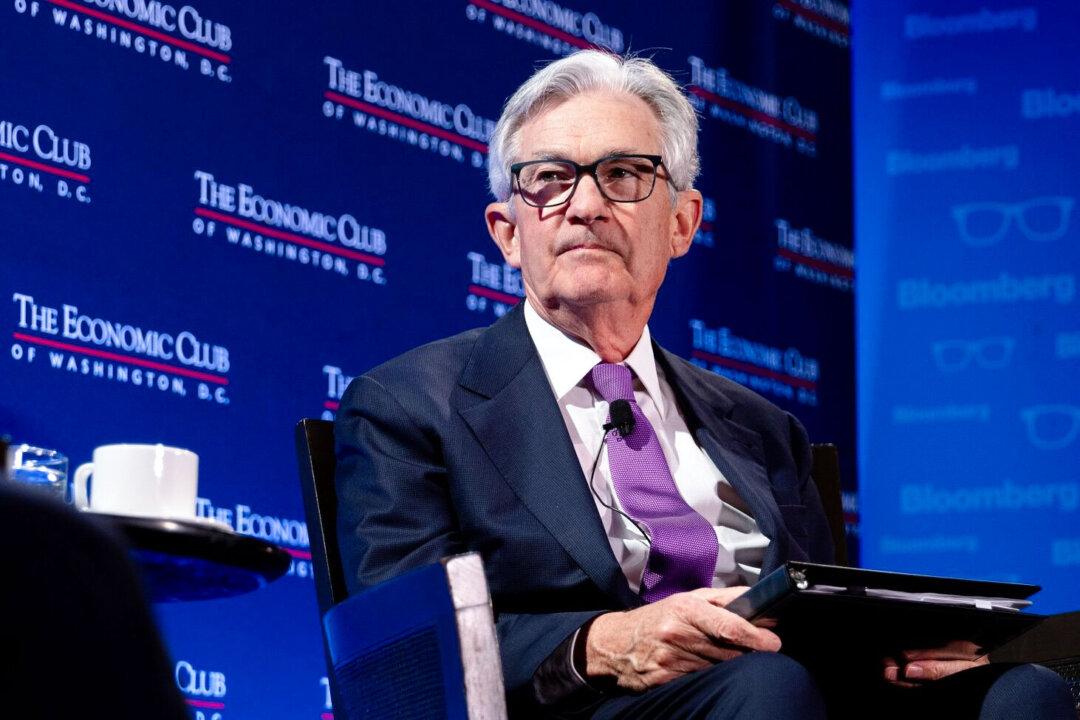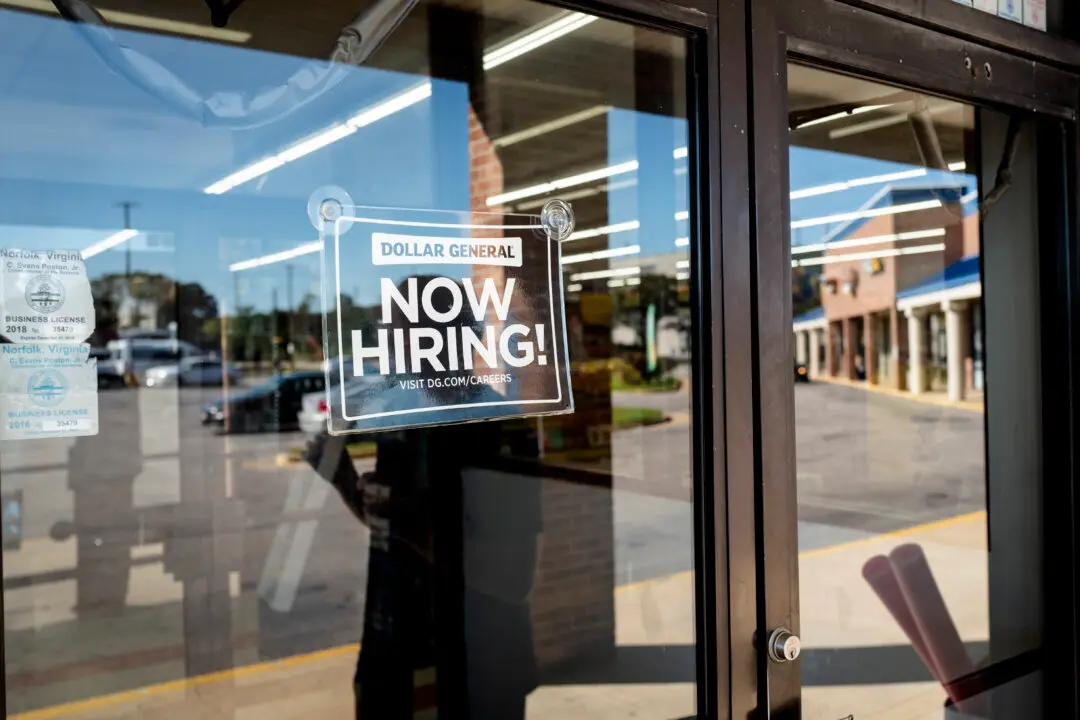The U.S. economy is unlikely to endure a hard landing as inflation softens and growth remains solid, Federal Reserve Chair Jerome Powell said in a question-and-answer session at the Economic Club of Washington on July 15.
“I wouldn’t rule it out, but I would say that the kind of hard landing scenario is not the most likely or a likely scenario,” Mr. Powell said.





